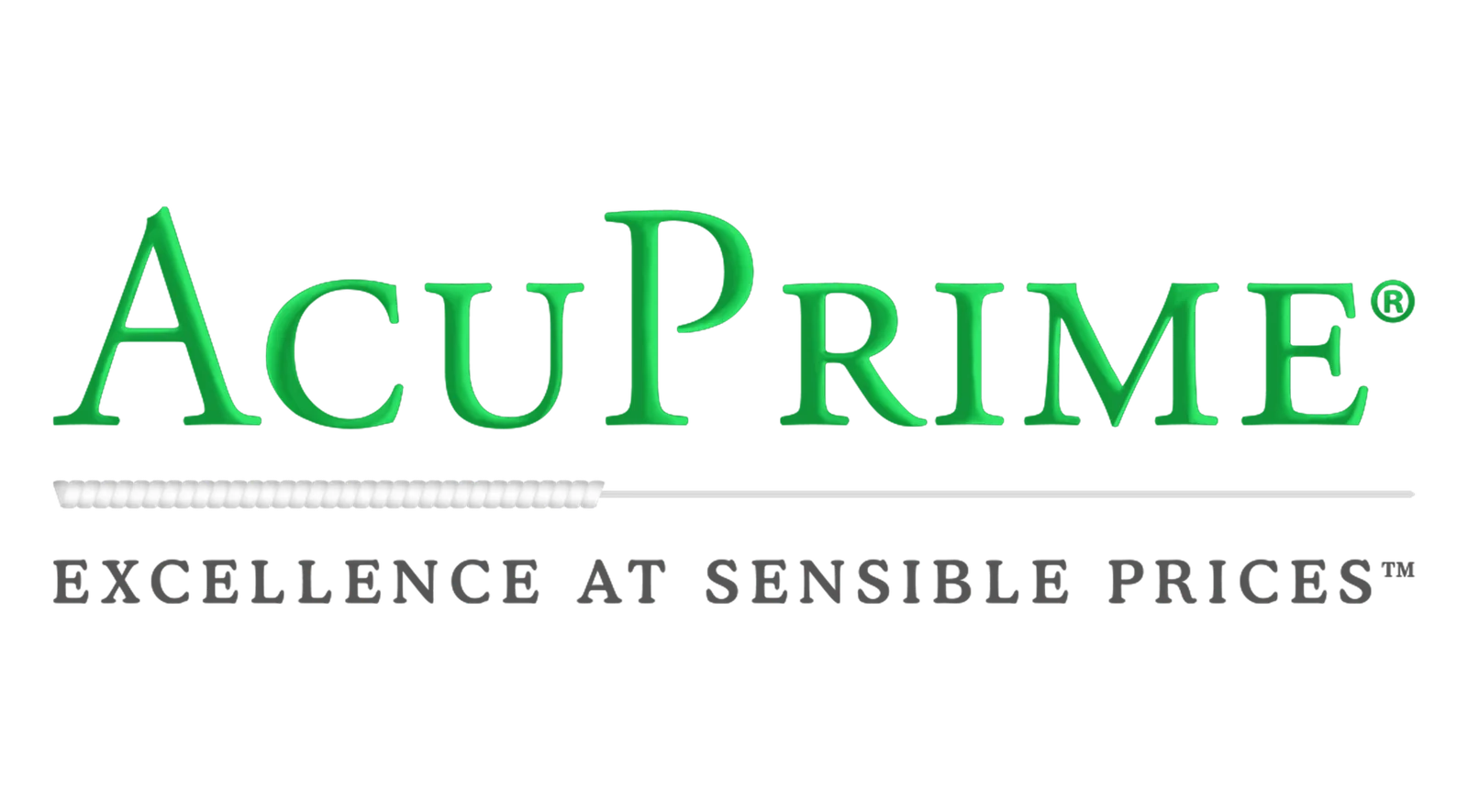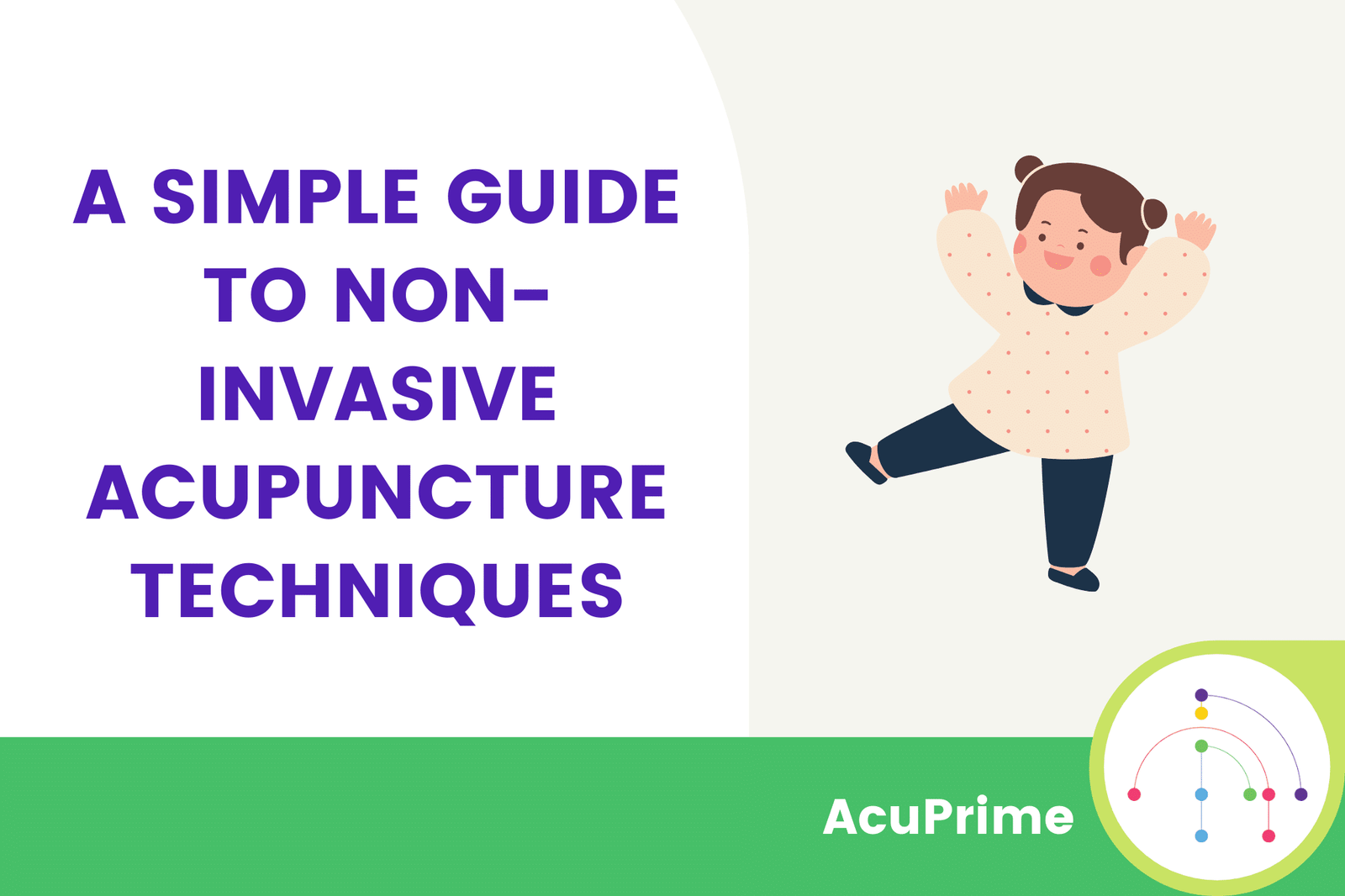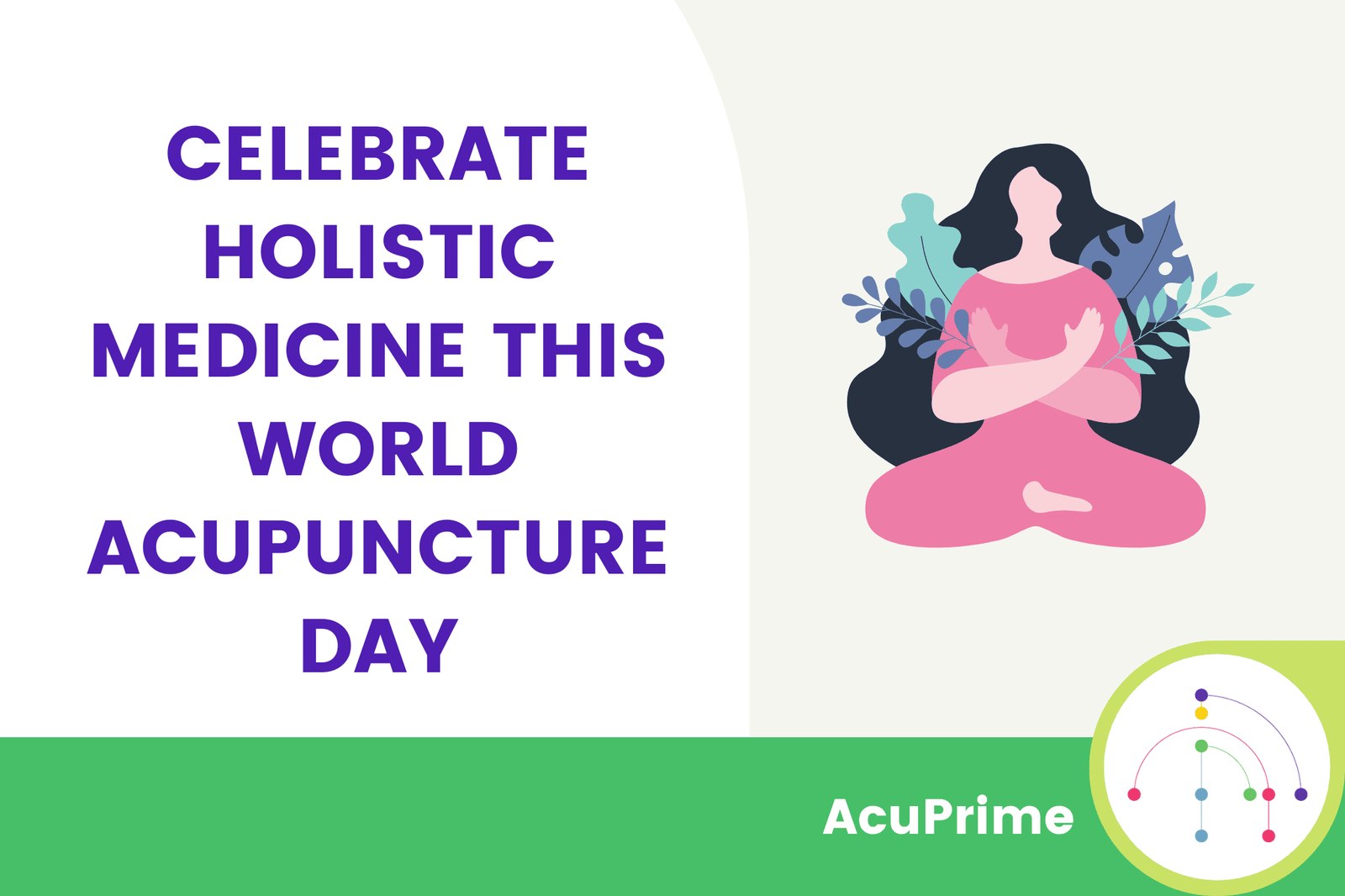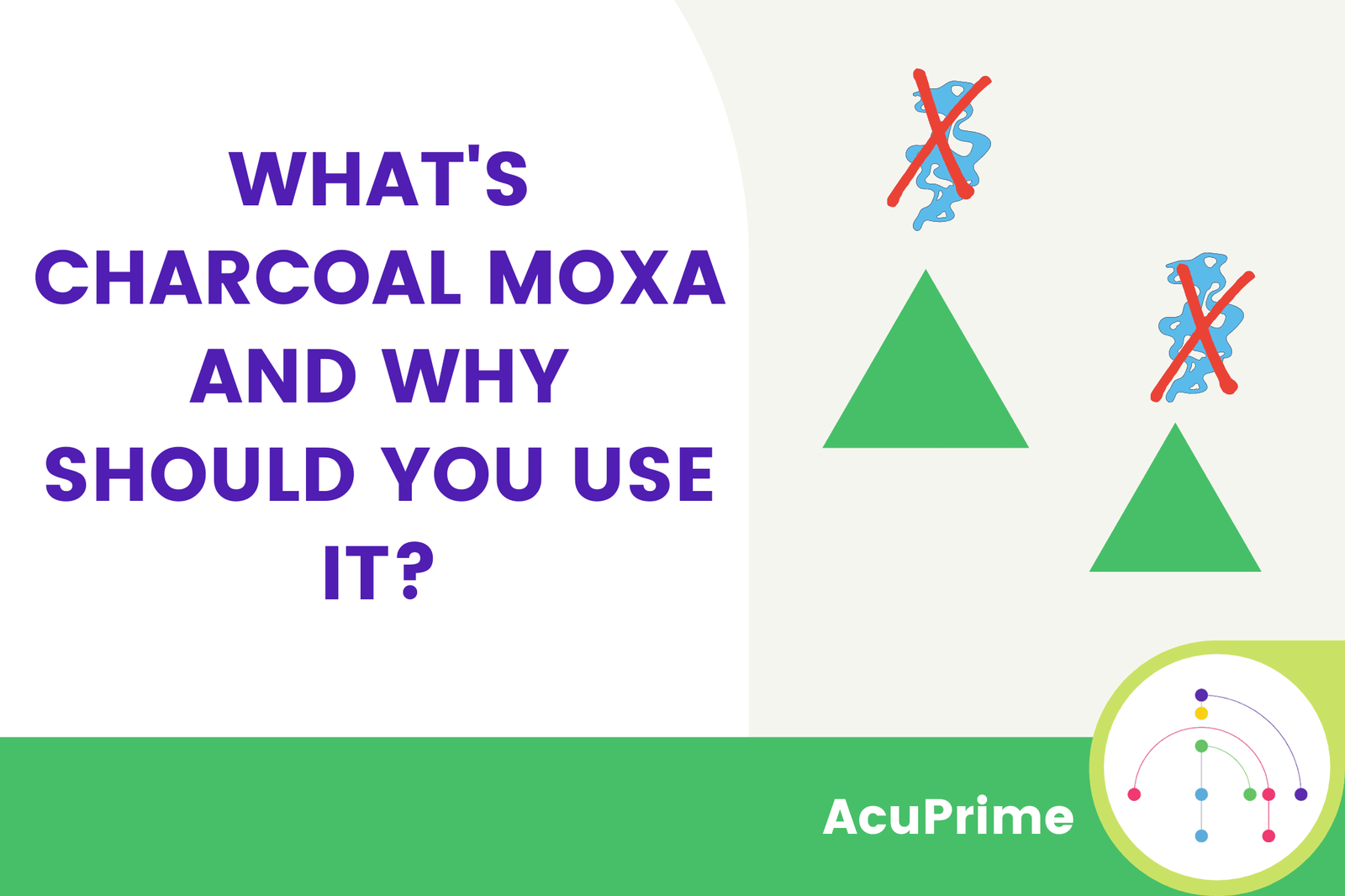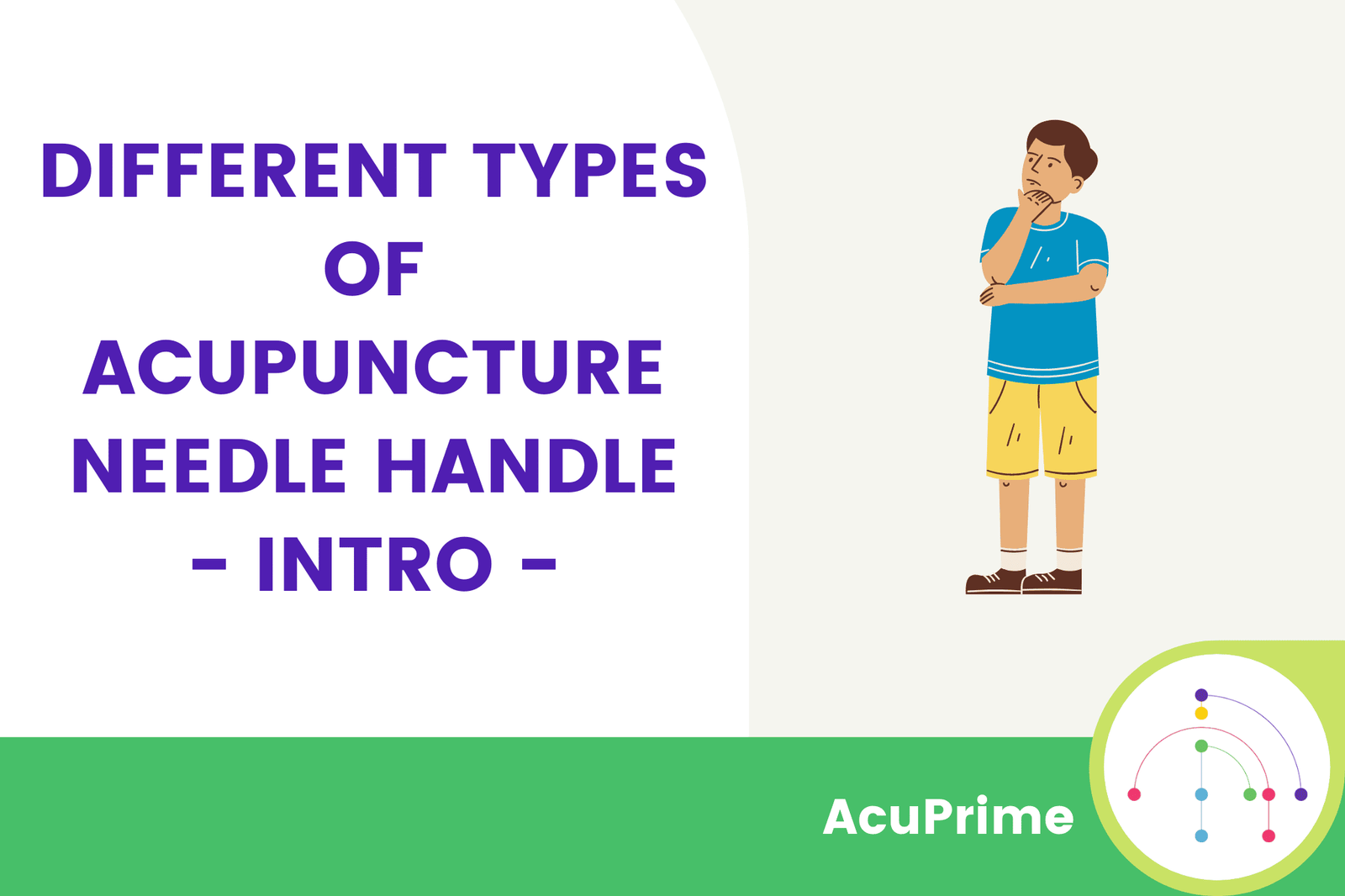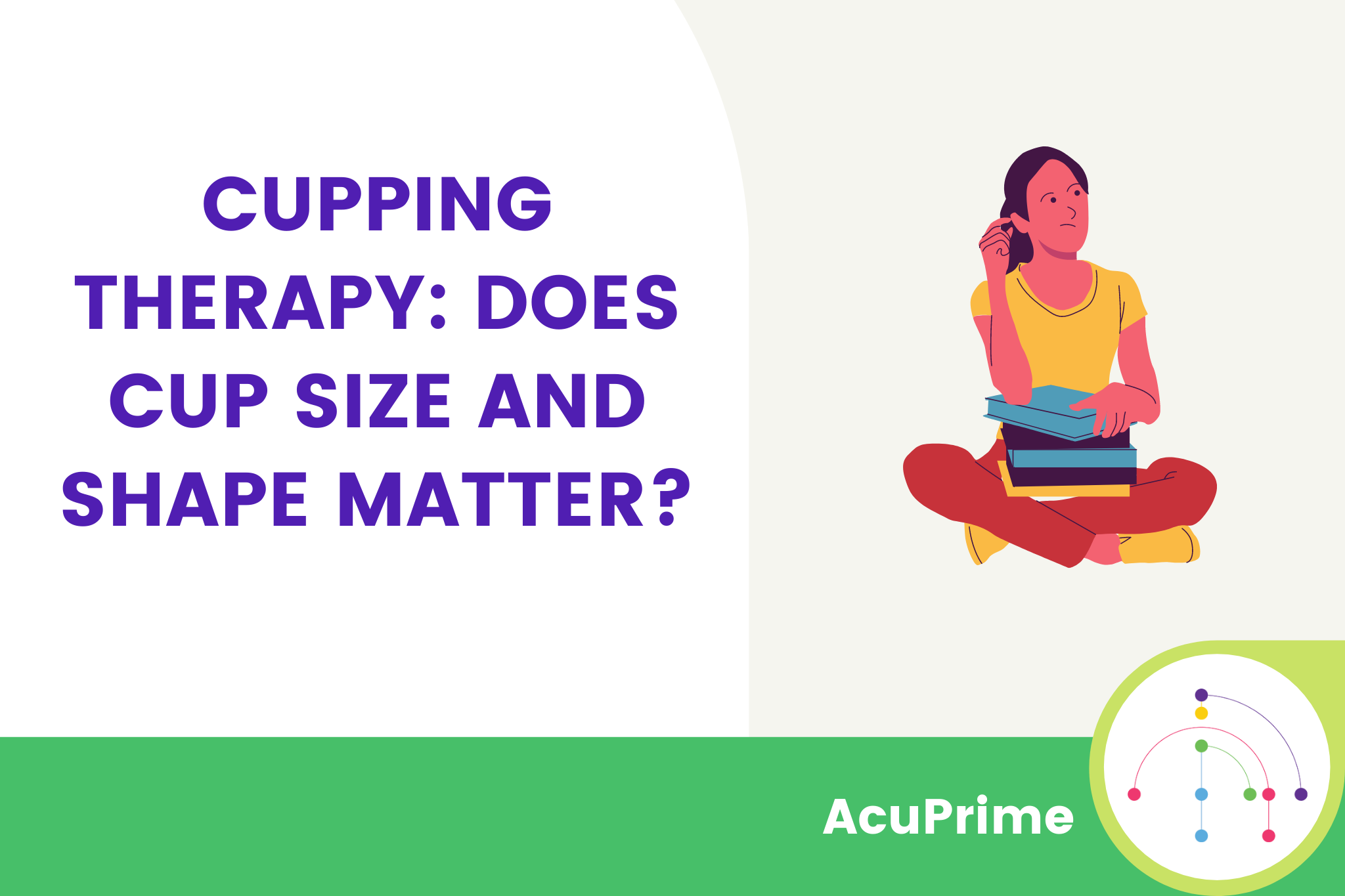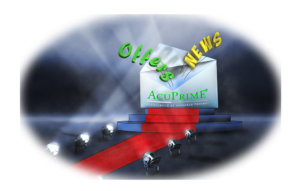We all know what acupuncture is, it’s placing needles into the skin, right? Most of the time, this is absolutely correct; acupuncture is a complementary therapy involving the insertion of needles and dates back thousands of years.
However, as you might expect from something so old, there are many variations. Not every patient is comfortable with the idea of needles penetrating their skin, even though the experience is usually painless. Others may be particularly sensitive and some groups of patients, such as children and the elderly, are not best suited for acupuncture’s invasive techniques.
So, does that mean acupuncture isn’t for everyone?
Not at all. In fact, there are several types of non-invasive acupuncture and in this blog we’ll be looking at two schools: Toyohari and Shonishin.
Toyohari
A traditional form of Japanese acupuncture, Toyohari is extremely gentle and non-invasive. Using delicate methods of stimulation, Toyohari practitioners aim to alter the flow of Qi in the body to restore health and balance.
Toyohari has a fascinating background and was forged by blind acupuncture practitioners. Without sight, practitioners used gentle touch and the energy force Qi to manipulate the body to solve issues. While it uses the meridian channels like many styles of traditional acupuncture, needles and tools never puncture the skin, making it ideal for children, the elderly and those uncomfortable with needles.
Like many acupuncture styles, Toyohari focuses on a holistic approach, treating root causes as opposed to symptoms. This means that practitioners will usually begin with a comprehensive consultation, diagnosis and treatment plan. Moxibustion is a common companion to other tools during Toyohari treatment and sessions tend to be very relaxing.
Shonishin
This specialist type of acupuncture is one of the leading forms for children and in paediatric settings. Developed for children and infants, like Toyohari, Shonishin is a non-invasive form of acupuncture where nothing punctures the skin.
Instead, Shonishin practitioners use a variety of tools such as balls or rods to apply pressure, tap or rub the skin at the desired acupressure points. Sessions are considerably shorter than in more standard adult types of acupuncture and can be as little as five minutes or less for particularly young children.
Shonishin is quite unusual in that while initial treatments are conducted by professionals (all subsequent treatments may be as well), parents can also be quickly taught how to perform the treatment, allowing them to continue it at home. This can be hugely beneficial, reducing the cost of treatment for parents and making the experience more comfortable for the child. Shonishin treatments should only ever be performed by non-practitioners after consultation and guidance from an experienced Shonishin acupuncturist.
Non-Invasive Acupuncture Tools
If you’re interested in trying out non-invasive acupuncture, there are a range of resources and tools at your disposal. For a full breakdown of Shonishin techniques, we sell the only English-language guide. Check out this excellent book and DVD here. Combined, the book and DVD show you a wide range of techniques and case studies. In addition, you’ll learn how to comfort and pacify children who might be feeling scared as well as how to talk to worried parents.
We carry a comprehensive range of children’s needles (these tools are often called needles despite not penetrating the skin). These tools sometimes have multiple purposes, allowing for rubbing, scraping and tapping. Others are thick needles designed to apply pressure to specific points. See the full range to get a better idea of the variation in children’s acupuncture needles.
